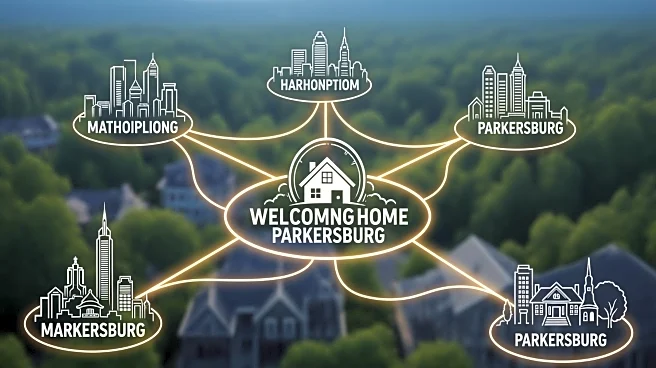What's Happening?
A recent analysis of cross-market demand data from Realtor.com reveals that homebuyers from various major U.S. metropolitan areas are increasingly interested in purchasing homes in Sierra Vista, Arizona.
The data, compiled by Stacker, highlights that the scarcity of homes on the market nationwide has kept prices elevated, despite a slowdown in sales over the past year. This trend is part of a broader pattern where online house hunting has become a crucial tool for prospective buyers, with 97% of homebuyers using online resources according to a 2021 National Association of Realtors report. The analysis ranks Phoenix, Arizona, as the top metro area with the highest view share for Sierra Vista properties at 27.5%, followed by Tucson, Arizona, at 9.5%, and Los Angeles, California, at 6.6%. Other notable metros include Las Vegas, Nevada, and New York, New York.
Why It's Important?
The interest in Sierra Vista from homebuyers in major metros underscores a significant shift in housing market dynamics, potentially driven by factors such as remote work flexibility and the search for more affordable living options outside of traditional urban centers. This trend could have substantial implications for the local economy in Sierra Vista, potentially boosting real estate development and local businesses. For larger metros, this outflow might alleviate some housing demand pressures, but it also reflects broader economic and lifestyle changes as people seek different living environments. The continued interest in Sierra Vista could lead to increased property values and a more competitive housing market in the area.
What's Next?
As interest in Sierra Vista continues to grow, local policymakers and real estate developers may need to consider strategies to accommodate the influx of new residents. This could involve expanding housing supply, improving infrastructure, and ensuring that local services can meet increased demand. Additionally, the trend may prompt other smaller cities to market themselves as attractive alternatives to larger metros, potentially reshaping regional housing markets across the U.S.











